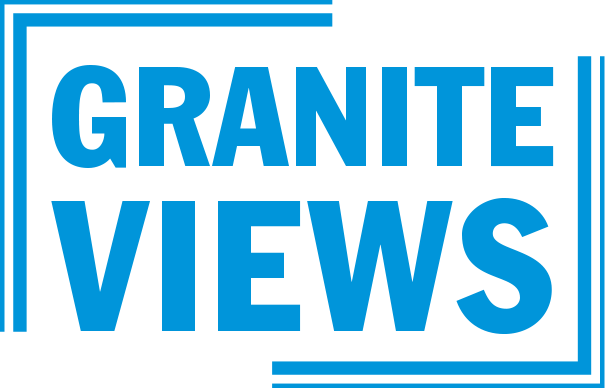I worked for over seven years to increase awareness of an important health condition that warrants everyone’s attention as 1 in 10 of us have it, and 1 in 3 of us are at high risk of developing the mostly preventable version — diabetes.
Every year as November approached, we would see and begin the preparations for Diabetes Awareness Month, and yet I would think to myself: “Every day is diabetes awareness day!” Thus my mixed feelings toward awareness days even as I knew that 1 in 5 people with diabetes don’t know they have it, and more than 8 in 10 individuals with prediabetes are unaware. This for a health condition that has the potential for significant improvement or control, and potential prevention — if we have the understanding of how to care for ourselves and manage our diabetes or prediabetes.
There are other kinds of awareness events, such as National Wear Red Day (on Feb. 4, this year), which raises attention to heart disease being the No. 1 killer of women, and all of February being American Heart Month; June being Alzheimer’s and Brain Awareness Month, and Sept. 5 to Sept. 11 being National Suicide Prevention Week. The calendar is now full with these kinds of awareness events and it’s difficult to register their existence, let alone keep track of them. Which has helped me now realize there actually can be a benefit to focusing much-needed attention, and has me wondering: As all of us are touched by one or more of these health issues, how do we support and amplify each other’s concerns so that we can all, together, contribute to building a healthier future?
Health equity means that everyone has a fair and just opportunity to be as healthy as possible. And we have long considered the United States to be the land of opportunity. Yet our current standing among developed countries as having the worst maternal mortality — where most maternal deaths are preventable — reminds us that we face a significant threat to the opportunity for all to thrive and contribute to this country’s future prosperity. There are many contributing factors for our current situation — some relate to individuals, many relate to our living conditions, and even more relate to systemic factors such as the availability of health insurance coverage, access to health care, bias that may be built into how things are done and more. Thankfully, more attention is being focused on helpful policy solutions that impact how care is provided in the clinical setting as well as the supports that can help all birthing people have healthy and positive perinatal experiences and contribute to community well-being.
This year April 11 through April 17 marked Black Maternal Health Week — I hope we will all be curious to learn why we should all care enough to be aware.

